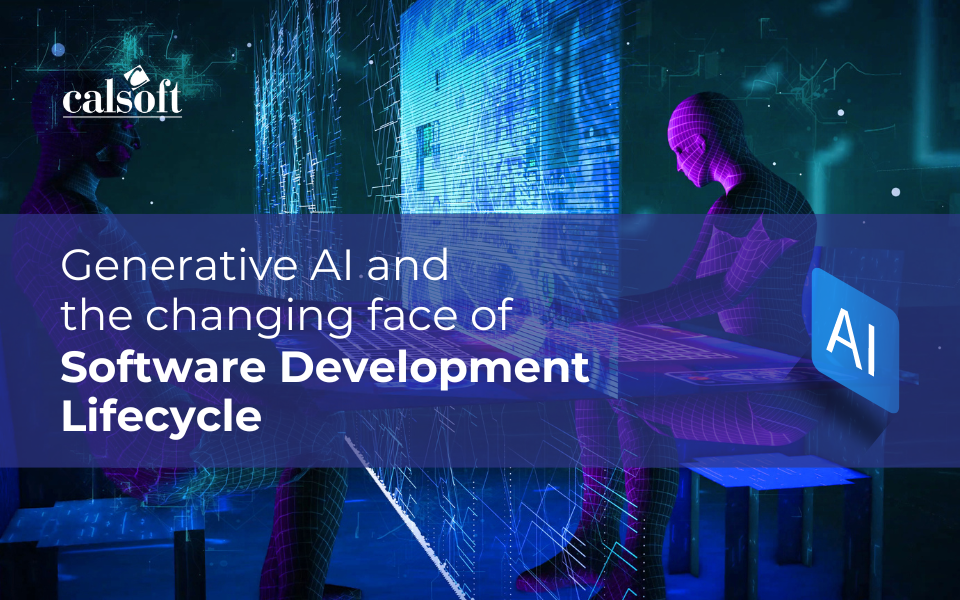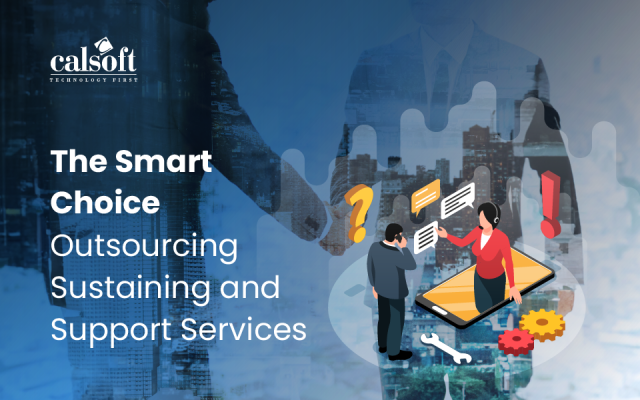Generative AI is getting a lot of recognition these days. It’s a type of artificial intelligence that can create new content, such as text, images, sounds, and code. This technology is having a major impact on the software development lifecycle (SDLC), as it can automate many of the tasks that are traditionally done by humans. The figure below explains the application of Generative AI at each stage of SDLC
Here are some of the benefits of using generative AI and the difference that it’s creating in SDLC,
Benefits of Deploying Generative AI in SDLC
Product Innovation
One of the most significant impacts of generative AI on the SDLC is the automation of repetitive tasks. For example, generative AI can be used to generate boilerplate code, write documentation, and test software. This frees up developers to focus on more creative and complex tasks, such as designing new features and solving problems.
Improved Customer Experience
Generative AI is also being used to improve the quality of software. For example, generative AI can be used to find and fix bugs, improve the performance of software, and make software more secure. This can lead to a better user experience and a reduction in the cost of software development.
Faster Product Development
In addition to automating tasks and improving quality, generative AI is also being used to accelerate the SDLC. For example, generative AI can be used to generate prototypes of new software, which can help developers to get feedback from users early in the development process. This can lead to faster time to market, and a better understanding of what users want.
Overall, generative AI is having a major impact on the software development lifecycle. It is automating tasks, improving quality, and accelerating the development process. This is leading to better software, faster time to market, and lower costs.
Here are some specific examples of how generative AI is being used in the SDLC by top companies today.
Top Trending Applications of Generative AI for SDLC
Google AI has developed a generative AI tool called AutoML Tables that can automatically generate code to build machine-learning models from data tables. This tool can save developers a significant amount of time and effort, and it can help to improve the accuracy and performance of machine learning models.
Microsoft has developed a generative AI tool called GitHub Copilot that can automatically generate code to complete tasks in a developer’s IDE. This tool can help developers to be more productive and efficient, and it can help to reduce the risk of human error.
Salesforce has developed a generative AI tool called Einstein Discovery that can automatically generate insights from data. This tool can help developers to make better decisions about product development, marketing, and sales.
These are just a few examples of how generative AI is being used in the SDLC. As technology continues to develop, we can expect to see even more ways that generative AI can be used to improve the software development process.
Calsoft Perspective
Generative AI is a rapidly developing field that has the potential to revolutionize the software development lifecycle (SDLC). By automating repetitive tasks, improving code quality, and generating new ideas, generative AI can help developers to build better software faster.
Calsoft with its comprehensive software product engineering experience of 25 years always stays at the forefront of new innovations. Our unique combination of end-to-end software product engineering and digital transformation services helps product and platform companies, ISVs, and digital enterprises innovate seamlessly to gain competitive advantage, generate new revenue opportunities, enhance business agility, lower operational costs, gain operational efficiency, and accelerate time to market.
With Generative AI on charts, Calsoft is all set to serve customers with the following Gen AI services,
- Generative AI Product Development & User Experience Design
- Generative AI Driven Testing & Quality Engineering
- Integrations and Plugin Development to Integrate Products and Platforms with Generative AI Tools
To know more about Generative AI, explore Calsoft services or contact our AI experts.








